Solid State Drives: how much storage do you need?
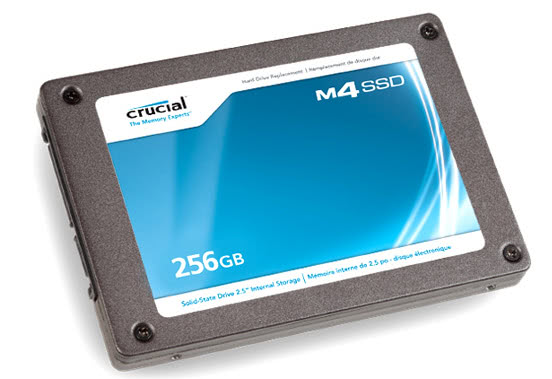
I have bought and built several PCs in the past that had a Solid State Drive (SSD) as their main storage drive. The first drive that I built into a PC had a storage capacity of 64 Gigabytes, which was not a lot if you take into consideration that you not only want your operating system to benefit from the speed improvements but also your main applications and maybe even games.
The technology made big jumps in the last two or so years, not only storage size wise but also speed wise. While SSDs are still nowhere near the level of storage that platter based hard drives make available, they on average provide enough storage so that you are not left with the nagging feeling of a full drive after installation of the operating system.
As a rule of thumb: you get 128 Gigabyte SSDs for less than $100 these days, and 256 Gigabyte drives for less than $200. It naturally depends on the manufacturer and device that you pick, with some being more expensive than others.
But how much SSD storage do you need? The answer depends largely on what you need it for. If you want your operating system and some apps to boot and load fast, then a 64 Gigabyte may be all you need. If you want to install and play the latest games you need considerably more space with games often reaching 10 Gigabytes of storage or more. This is especially true if you are a Steam user and want to install Steam on the SSD. Since you can't selectively install Steam games on different drives, you are either stuck with installing and uninstalling games regularly, or using third party tools to move Steam games to another hard drive.
The same is true if you want to install multiple operating systems on the drive. Here you not only need to calculate the size after installation, but also leave room for updates and service packs.
My recommendation would be to buy a drive with at least 128 Gigabyte of storage. If you can spare the money, I'd pick a 256 Gigabyte drive instead. Want some recommendations?
- Crucial m4 256 Gigabyte for $199.99
- Plextor M3 Pro series 128 Gigabyte for about $160 (one, if not the, fastest drive)
- Samsung 830 256 Gigabyte for $210
- OCZ Vertex 3 240 Gigabyte for $200
Prices may vary and have been taken from Amazon.com. I suggest you search for the best prices using price comparison portals as you may save a considerable amount of money doing so.
Have another favorite drive? Let me know about it in the comments.
Advertisement



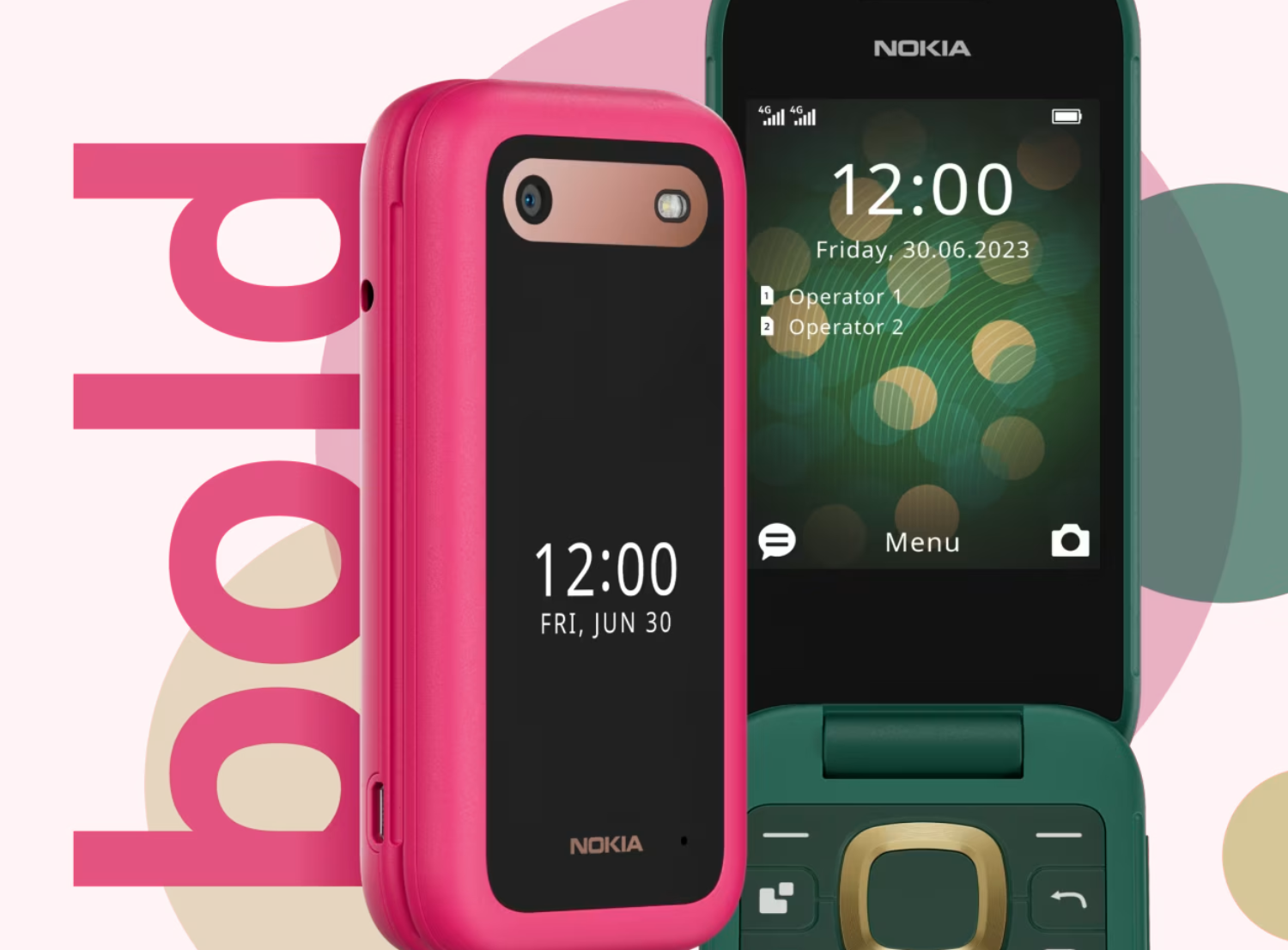
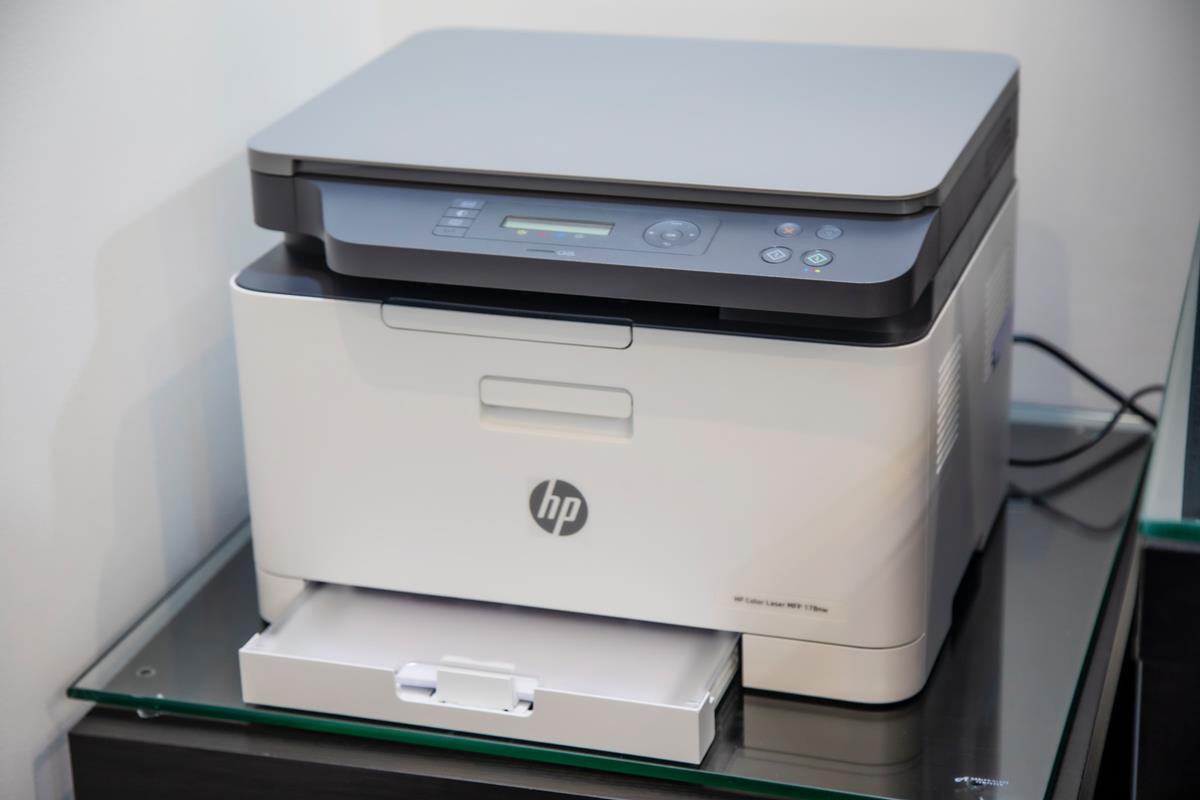
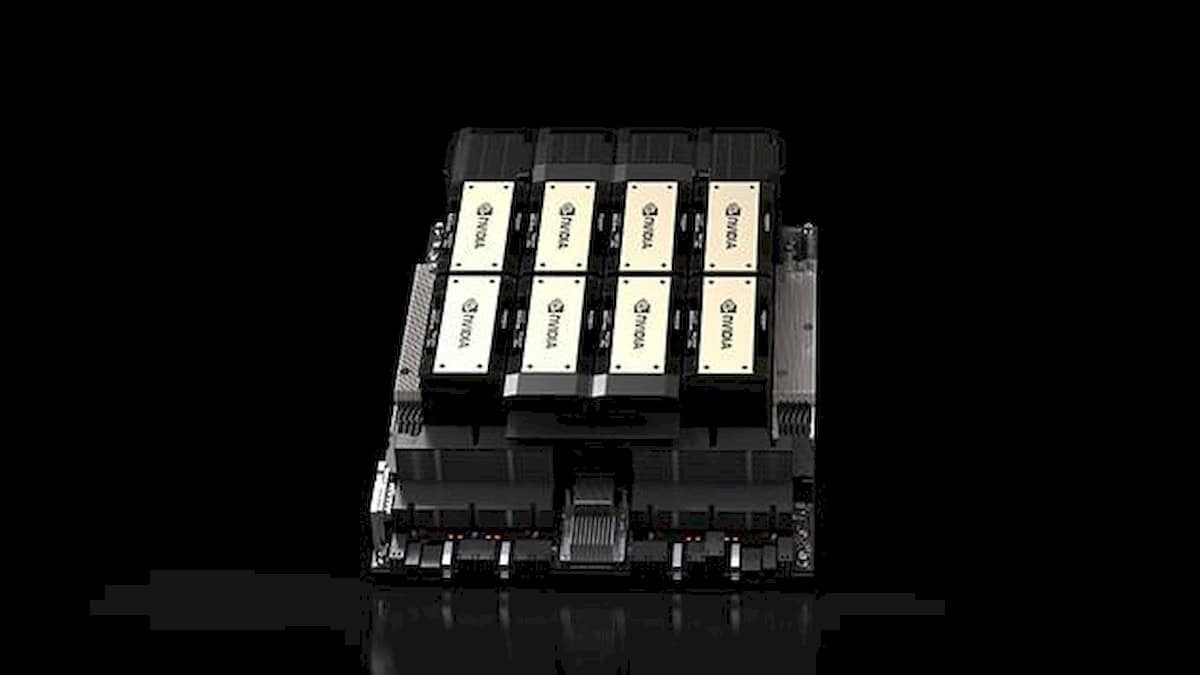
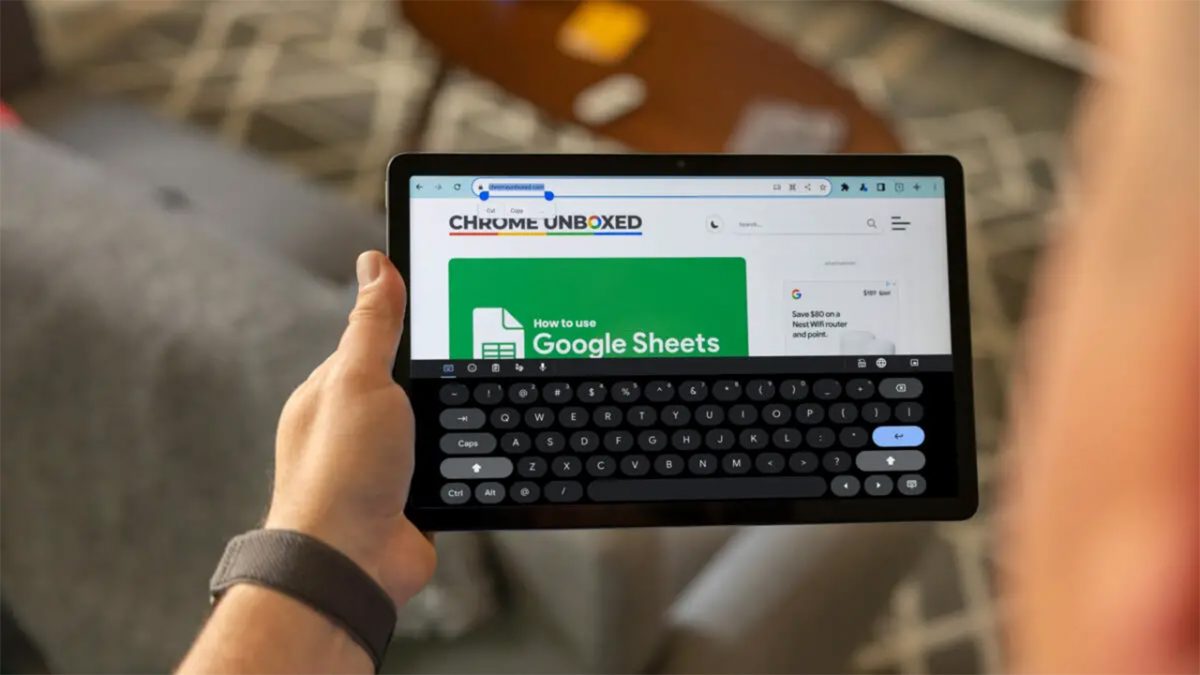
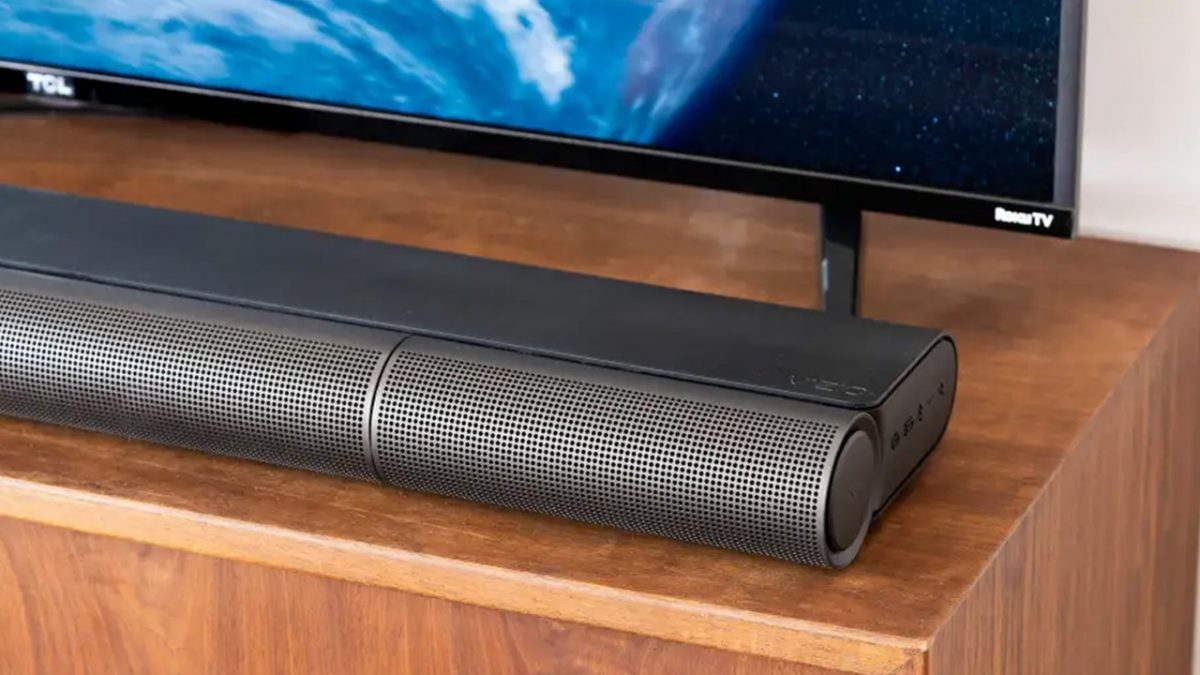
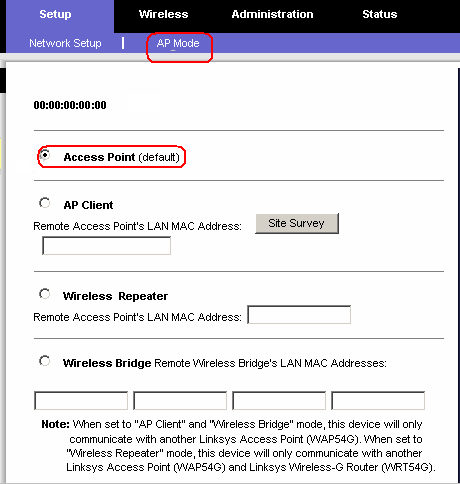
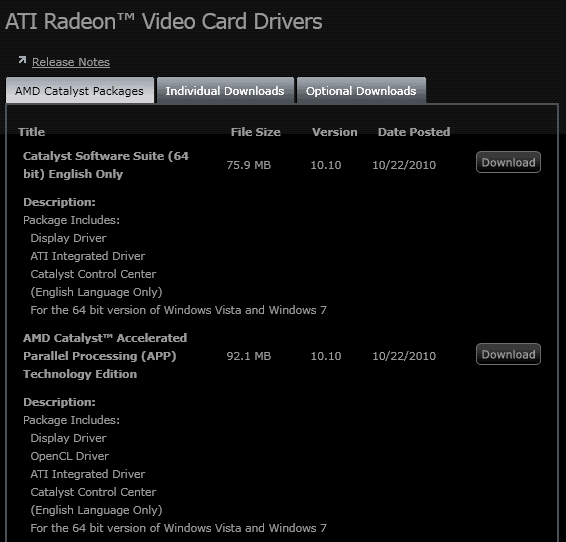











I’ve already filled up 200 of my 256gb SSD in my U300s… very thankful I opted for the larger drive.
I’m using a 64 GB SSD (wired gigabit desktop) and a 128 GB SSD (laptop). I have a 2 TB NAS and a 2 TB USB Hard drive.
This combo allows me the best of all worlds, access to most of my data from any device (smartphone/tablet) and from anywhere without needing “the cloud” (NAS). Fast OS and app loading via SSD and backup with USB drive.
I still worry about the health of my SSD drives. The S.M.A.R.T reporting and varying sound of a platter drive can’t be beat. So I’m forced to backup my SSD drives more often than I do my NAS.
Ideally I’d have all SSD and confidence regarding the health of the drive. However, SSD drives slow down the bigger they get so until they find a way to tackle this issue and bring the price per gig down my current setup will suffice. I see no need to buy bigger than 128 GB if you have an NAS or rely on the cloud. However, without an NAS I couldn’t live with only 256 GB these days.
I’ve been reading about SSD/platter drive combos that use a similar technique as ReadyBoost (moving the most frequently accessed files to SSD) and they look promising. This may be a middle ground that I’d be happy with.
i ended up getting 2x intel 5210 120gb ssd drives. for about $135each and raided them :)
As for space issues, a 64GB drive should be plenty for anyone running Linux as long as you mount your videos and other space gobbling stuff on a hard drive partition. For Windows, the issue is the default behavior of installing all programs and data by default on the C: drive which means you need much more space unless you’re careful about taking installer options to install large stuff in another directory than Program Files.
128GB should be enough for anything except super large games and things like AutoCAD, especially if you take advantage of some programs ability to change where they store their data (which should be a requirement for any program.)
Using junctions on Windows can be done to redirect programs to another drive but there can be complications. Your backup program might not know what to do with them, for one, depending on the programmer.
In general, one should always partition one’s hard drive into a relatively small C: drive to make image backups and restores of the system easier and put everything else on other partitions. The exception again is large programs that can’t be installed outside the C: drive. Make some good estimates early on or you’ll be doing messy partition resizing and moves later.
I’m not currently using SSD drives because they’ve been too expensive but with 128GB drives available for under $100 I’m sure I’ll be using them either as an upgrade or in my next new machine for the OS and programs.
If you’re doing video or image editing with Adobe tools, an SSD is extremely useful to hold scratch files. For image editing, 128GB should be enough. For video, you’ll need more.
I have a 64GB SSD in my Linux server mounted as /. I have usr, home, & tmp mounted on regular HDs. It boots quickly and I have no space issues on the SSD.
I also have an 80GB SSD as C: in my Windows box (game machine). I constantly have to monitor it for space. I only install apps that I frequently use to the SSD. The rest go to one of the HDs. All games are on a HD. Boot time is really fast for a Windows machine (POST takes longer than boot), but I really need to get a bigger SSD. I’ll probably go with 256GB next time around.
For anyone still sitting on the fence about SSDs, go for it! They are pricey, but are getting cheap fast, especially now that HDs have gone up. Their speed is ridiculous. They really highlight how much of a bottleneck HDs are to overall system performance. Now that I’ve owned a couple I can’t imagine having a computer without one.
You wouldn’t want to put anything irreplaceable on an SSD anyway as they are terribly unreliable… One day they are working the next they become a fancy paper weight to show off to your mates by the water cooler.
SSDs are far more reliable than any HD which has moving parts. Drop a HD and you lose your data, drop a SSD and nothing will happen.
Tom’s Hardware asked the question:
Investigation: Is Your SSD More Reliable Than A Hard Drive?
http://www.tomshardware.com/reviews/ssd-reliability-failure-rate,2923.html
Answer: No… It depends on the manufacturer just like hard drives. Given that SSD technology is comparatively new, that brings in variables which are as important as the lack of moving parts. The net result is SSDs may not be LESS reliable than hard drives, but they’re probably not MORE reliable either.
i couldn’t go less than 256gb then couple that with whatever size spinning drive you want.
Really you should be able to pull this off just with Link Shell Extension. If you opt for a smaller drive you can make the most of it by logging a session with Process Monitor, isolating the bottlenecks and then just moving the troublemakers to the ssd and junctioning them back in. I mean, theoretically, anyways. I have not used an ssd or Process Monitor.
I do, however, run steam from multiple drives junctioned back into Program FIles and haven’t had a single problem with it yet.
Exactly. Junctions in Windows and mounts/symlinks in anything else makes having the pieces that need to load fast on the SSD and the often written bits on spinning platters pretty close to trivial. The more time you’re willing to invest in separating the two out, the faster things will load and the longer your SSD will last.
hi leigh, wow, your comment went right over my head and i
didnt understand anything you said. that said, i wanted to
comment on ssd’s. i just put in a 128g samsung and also
kept my 500g hdd. i put all my system and programs on the
ssd and the rest is movies and storage on the hdd. all is
working smoothly and is nice and quick. the ssd runs much
cooler and just above room temp. all is nice and quiet. i am
68 and just trying to keep up with the kids..hahah